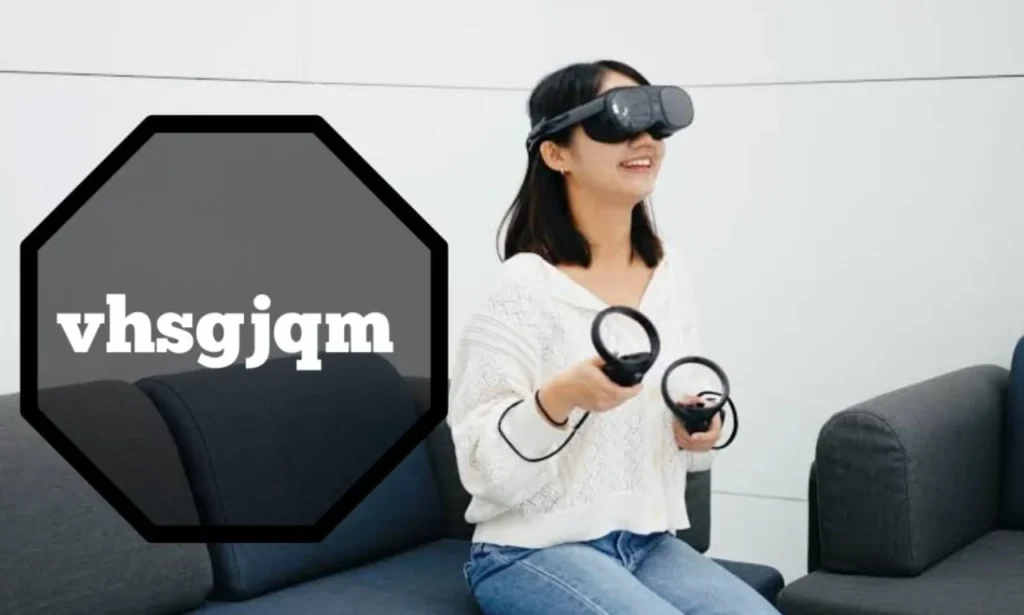Understanding 1.5f8-p1uzt Texture
The 1.5f8-p1uzt texture represents a significant advancement in material science, showcasing a unique synthesis of properties that distinguish it from traditional textures. This texture is characterized by its fine-grained structure, which contributes to its enhanced durability and versatility in various applications. One of the defining features of the 1.5f8-p1uzt texture is its ability to withstand environmental stressors, making it particularly valuable in sectors such as construction and automotive design.
Originating from a complex composition of innovative polymer blends, the 1.5f8-p1uzt texture is engineered to provide a tactile experience that is both pleasing and functional. The intricate interplay of materials within this texture allows it to exhibit a low coefficient of friction, facilitating improved handling and usability. Designers have noted that the texture’s softness, combined with its robust nature, allows products to maintain their aesthetic appeal while also enduring practical use.
Furthermore, the 1.5f8-p1uzt texture is recognized for its exceptional thermal and chemical resistance, positioning it as a prime candidate for specialized applications where conventional materials may fail. The ability to maintain performance under varying temperature conditions ensures that products fabricated with this texture last longer and require less maintenance over time. This resilience, partnered with its distinctive appearance, has made the 1.5f8-p1uzt texture increasingly popular among engineers and designers seeking innovative solutions.
In light of its remarkable properties, the 1.5f8-p1uzt texture continues to gain traction across multiple industries. Its combination of aesthetic and functional benefits positions it as a game-changer, redefining expectations within material design. As the demand for more resilient and visually appealing materials rises, the appeal of the 1.5f8-p1uzt texture is likely to expand even further.
Applications of 1.5f8-p1uzt Texture in Various Industries
The 1.5f8-p1uzt texture has emerged as a transformative element across numerous industries, enhancing both aesthetics and functionality. In the fashion sector, designers are increasingly incorporating this texture into clothing and accessories. For example, a recent collection by a leading fashion house showcased garments featuring the 1.5f8-p1uzt texture, which added an innovative appeal while ensuring comfort. The interplay of light and shadow created by this texture captures attention, thus enabling brands to stand out in a highly competitive marketplace.
In the automotive industry, the 1.5f8-p1uzt texture has been utilized to enhance the interiors of high-end vehicles. It is being employed on dashboard panels and seating surfaces, where its tactile qualities improve user experience. Notably, a renowned car manufacturer launched a new model featuring this unique texture, which not only added a modern look but also facilitated better grip and durability in key areas, thus enhancing driver safety.
Architecture is another field where the 1.5f8-p1uzt texture plays a key role. It is used in both exterior and interior surfaces of buildings, contributing to energy efficiency and aesthetic design. A notable project involved a complex where the exterior cladding utilized this texture to create dynamic light patterns throughout the day, thus reducing energy consumption while providing an eye-catching visual effect.
Finally, in the technology sector, the 1.5f8-p1uzt texture is being explored for applications in consumer electronics. Innovations in smartphone and tablet designs feature this texture on cases and body panels, improving grip and minimizing slippage. As manufacturers continue to explore the potential of the 1.5f8-p1uzt texture, it is clear that its applications are diverse and impactful, bridging style and functionality across multiple domains.
Innovative Techniques for Working with 1.5f8-p1uzt Texture

The 1.5f8-p1uzt texture has emerged as a distinctive feature in the realm of material design, prompting professionals to explore innovative techniques for its incorporation into various applications. One of the primary methods for integrating the 1.5f8-p1uzt texture involves advanced digital fabrication technologies. Utilizing CNC machining or 3D printing allows designers to create intricate patterns and variations of the texture with precision, ensuring reproducibility and efficiency. This level of customization enables products that not only utilize the texture effectively but also enhance their aesthetic appeal.
Another technique gaining popularity is the use of material layering, which enables the 1.5f8-p1uzt texture to be applied to surfaces made from different substrates. By combining various materials, designers can achieve unique visual effects while retaining the desired characteristics of the texture. For instance, adhesive bonding or lamination techniques can facilitate the seamless integration of the 1.5f8-p1uzt texture onto metals, plastics, or woods without compromising their structural integrity.
Despite these advancements, working with the 1.5f8-p1uzt texture presents several challenges. One significant hurdle is the inconsistency in texture application, which may lead to varying quality across products. Professionals often address this issue by standardizing their processes and employing quality control measures to monitor the texture’s implementation consistently. Additionally, the hardness or softness of different materials can affect the texture’s clarity, necessitating the use of specialized tools designed for precise control during the application process.
To achieve optimal results, it is crucial for designers to stay informed about best practices related to the 1.5f8-p1uzt texture. Engaging with expert communities, attending workshops, and frequent experimentation are advisable strategies that can lead to innovative applications and solutions in material design.
Future Trends for 1.5f8-p1uzt Texture in Material Science
The 1.5f8-p1uzt texture is poised to play a significant role in the future of material science, particularly as industries face increasing demands for enhanced functionality and aesthetics. Emerging trends suggest that the 1.5f8-p1uzt texture will become more prevalent in applications where both performance and design are critical. For instance, in the field of architecture, materials with the 1.5f8-p1uzt texture will likely facilitate innovative building designs that optimize energy efficiency while contributing to a visually appealing environment.
As technology continues to advance, we can anticipate new, sophisticated methods of creating and integrating the 1.5f8-p1uzt texture into various materials. The adoption of 3D printing technology is one such advancement that can enable manufacturers to explore complex geometries and intricate designs with the desired texture. This would not only improve the visual appeal of products but may also enhance their mechanical properties. Furthermore, advancements in nanotechnology could allow for more precise control over the texture at the molecular level, leading to tailored characteristics suited for specific applications.
Environmental concerns and sustainability issues are increasingly influencing material design trends. As a result, the development of the 1.5f8-p1uzt texture may shift towards greater eco-friendliness, with an emphasis on using sustainable materials and practices. The integration of recycled content, lower energy consumption during production, and biodegradable options could enhance the appeal of 1.5f8-p1uzt texture in the eyes of eco-conscious consumers. This alignment with sustainability can position the texture as a desirable option in a market that is progressively prioritizing green initiatives.
In conclusion, the future of the 1.5f8-p1uzt texture in material science is bright, with promising trends indicating its continued relevance and potential for innovation. The interplay between technology, aesthetics, and sustainability will likely shape the trajectory of this distinctive texture in the years to come.

